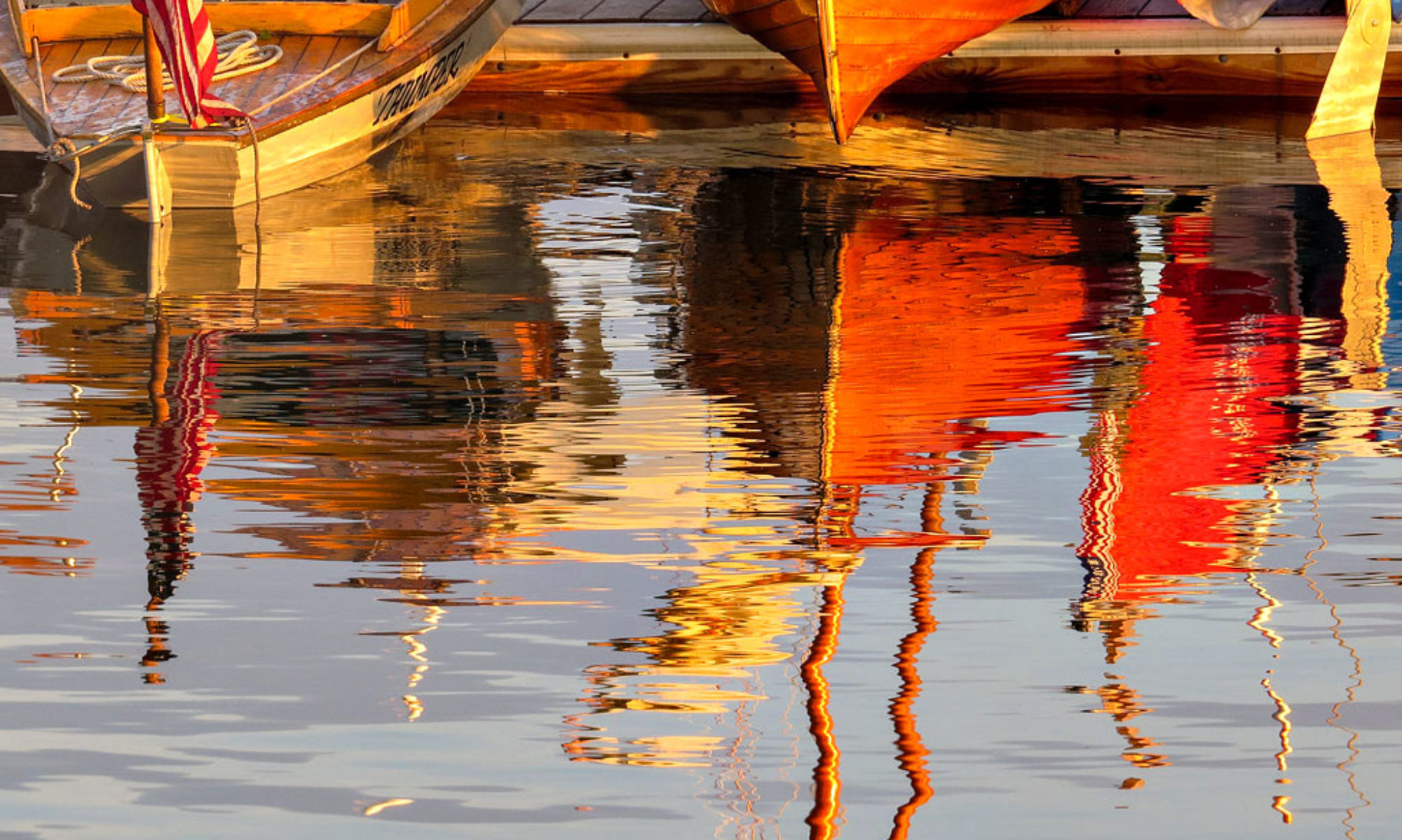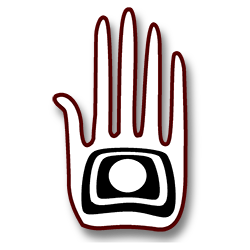In Portsmouth, friend, fellow sailor, and fellow blogger Steve Early appeared on the docks, working that day. We went for coffee and a bit of breakfast. We talked about many things, having much in common. He asked something I hadn’t expected, though: “How did you like sailing at night?”
It caught me off guard. It’s a simple question, but requires a careful answer to get right, and I don’t think managed it. Most of the Schooner Race takes place at night. Not many photos or video to show for it. I can’t just show them to explain. The previous post was what happened during the day. This is what it was like at night:
Time gets elastic.
It’s not as scary when you can’t see how big the waves really are.
A sailboat heeled over in a good wind, riding well, moving well, doing exactly what it was designed to do, is a beautiful thing.
Quintessence only rhymes with quiescence.
I only felt seasick when the pitching was worst – and only in the dark, when waking up to begin watch after hours of breathing in, and sleeping in, a cabin filled with diesel fumes, when I and everything else down below got tossed onto the floor and rolled around in it; and then only when trying to pull on my rain pants in the dark. This happened exactly twice. That was plenty. After that, I never took the rain pants off, and slept in them. I may for the rest of my life feel queazy when I smell diesel fuel.
In the daytime, commercial traffic is always a slight menace. Ships in the channel are so big they don’t appear to move, look more like fixtures in the landscape. Distances and scale are all out of whack. You first see them and they’re miles away, still as clouds. But you turn around and suddenly they’re closer, and coming your way. But you can still judge things well enough to stay well clear. At night it’s worse. You know they’re out there, but all you can see is a few moving lights, just like the lights on small boats, just like lights on the shore. You can’t tell if they’re near or far. It’s very disconcerting, especially when the first time you realize there’s something there is when you hear the low thunder of their engines.
You will sleep quickly and soundly when you can, no matter how rough it is.
Four hour watches fit naturally with a human sleep cycle. I woke up automatically at watch changes, and felt well rested.
You can tolerate almost anything, as long as you’re warm and dry. And very little when you aren’t.
I thought there was a leak in the deck, but it was my own breath condensing on the cold bulkhead over the bunk, and dripping on my chin.
When the wind tore the clouds apart sometime around 2am, and let the moon through, I thought someone turned on a spotlight and shone it on the boat. Really. I looked up and expected to see a police helicopter.
On a clear night, in the middle of the upper Bay you can see a string of lights along the rim of both shorelines, east and west. They run north to south, and wink out over the horizon in both directions. The tide-driven Bay moves darkly between them, heaving and breathing, always moving, like a horse that fills a canyon. The horse is not tame, and you are riding on its back.
We sometimes passed other racing schooners in the dark, close enough to see them clearly, and they us. We were on opposite tacks always, and it only lasted a moment. For the next hour we sailed apart as each boat and crew worked the wind and waves to opposite shores, pushing the boats, eking every bit of speed we could. You knew that eventually you would meet again near the middle of the Bay, and only then would you know if you had gained ground, or if they had. As we approached the middle we’d look for each other. You’d hear them first, just the sound of the bow wave in the dark, then see the lights, and finally the boat, and then they would be gone again, swallowed by the darkness. This would go on all night long.
Yes, I liked night sailing very much.

